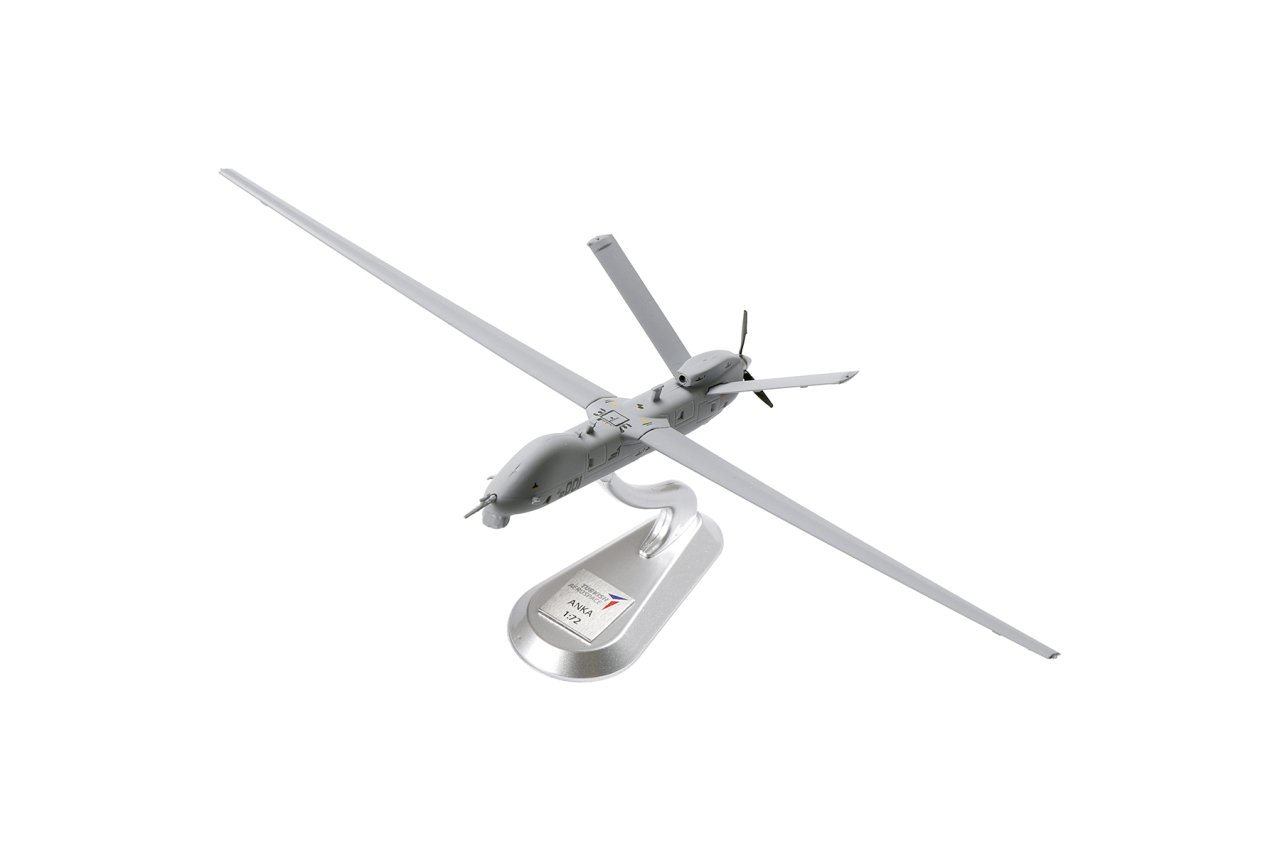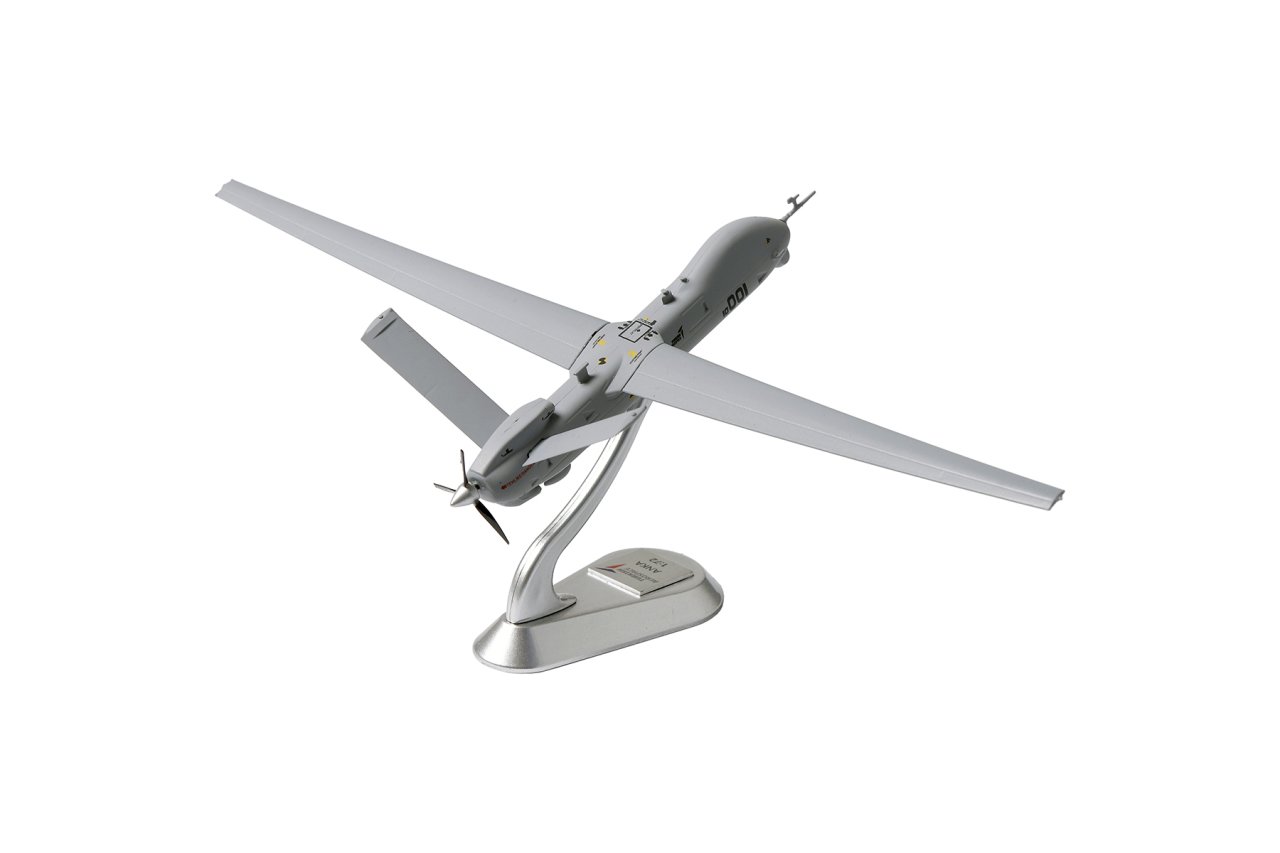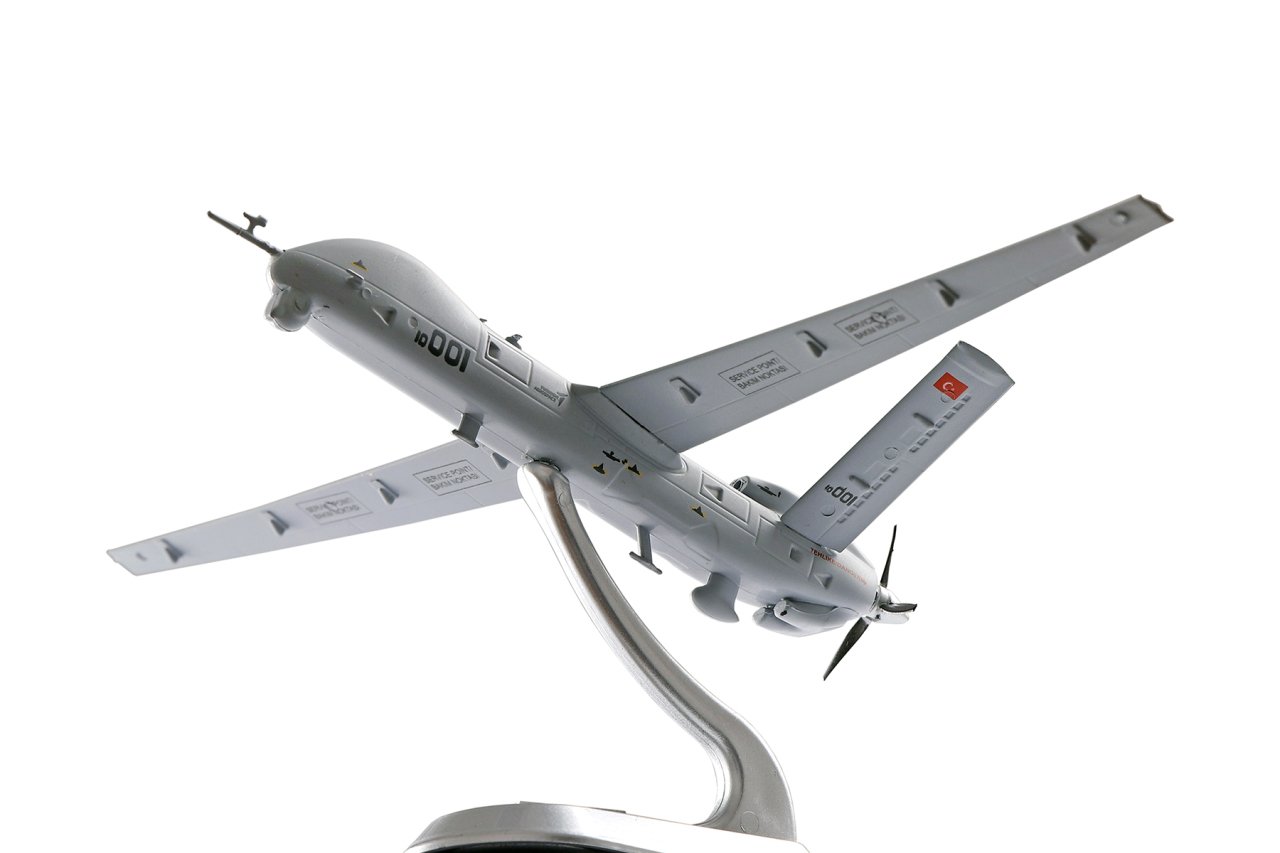Hvordan et overpriset kampfly fikk mange til å tenke nytt, men ikke Norge.

www.dn.no
This Norwegian researcher is comparing F-35 purchase to Bayraktar TB2 drones.
Google translator:
How many F-35s does Norway need?
How an overpriced fighter made many people think new, but not Norway.
2 min Published: 01.05.21 — 18.01 Updated: 2 days ago
The F-35 fighter jet is in a crisis of confidence. The plane has been criticized by everyone from former Secretary of Defense Christopher C. Miller to the current chair of the Congressional Defense Committee, Democrat Adam Smith.
At a meeting at the Brookings Institution on March 17, the latter said: "The United States must" stop throwing money into this hole. " He said this shortly after the UK reduced its F-35 order from 138 to 48.
Dag Henriksen at Luftkrigsskolen (April 13) criticizes my view, that Norway should reduce the number of F-35s and use the savings on combat drones: "F-35 and the development of drones have nothing to do with each other." This is in contrast to the British new Integrated Review.
In an article in The Sunday Times, an official explains that the F-35 is a slow, long-term program. This means that "things you have not yet purchased may become outdated, or you may need fewer of them or the threats may change."
Turkish Bayraktar TB2 drones, which recently cut the Armenian defense into strips, cost five million kroner each. You can, in other words, buy a fleet of 22 TB2 combat drones for the price of an F-35.
What has changed? Originally, the F-35 was to be a relatively inexpensive fifth-generation fighter. It became the world's most expensive weapon platform. Flying an F-35 currently costs 360,000 kroner per hour, according to USAF. The Norwegian Armed Forces operates with completely different and much lower estimates.
The F-35 was intended to be the new F-16, NATO's workhorse. This now seems unlikely. The commander of the US Air Force, Charles Brown, announced in February that they would develop a completely new aircraft to replace their F-16s. There are two reasons for this, reliability and price.
The first part of this criticism is unreasonable. Generational shifts in fighter jets tend to follow an S-curve where the new aircraft initially struggles to defeat the aircraft they are to replace. The potential of the new technology is realized as problems are solved.
This is also the case with the F-35. The many errors and omissions have led to a temporary low level of preparedness. It has also been very visible, since the planes that have all been delivered have had to be upgraded. This criticism is about to subside.
The main problem with the F-35 is that it is too expensive. Since 2012, the F-35's estimated cost over its 66-year life cycle has increased steadily, from $ 1.11 billion to $ 1.27 billion, despite attempts by the manufacturer to create the opposite impression.
Paradoxically, the F-35's superiority and unaffordable operating costs have probably contributed to the turbocharge development of drones. These have proven very effective in modern conflicts and are almost touchingly affordable, compared to the F-35.
The US Office of the Auditor General, GAO, recently reported that the estimated annual cost per aircraft must be reduced by 47 percent by 2036, because the cost will then be 4.4 billion dollars more than the estimated defense budget will withstand.
In the report presented on 22 April, GAO points out that savings of this magnitude are unusual in the production phase. The report concludes about the Ministry of Defense (DOD): "DOD is in danger of investing resources in a program that the department and the services ultimately cannot afford to operate."
This brings us to Norway, which has ordered 52 F-35s. The Norwegian authorities stand out in their lack of concern about the escalating costs. The Office of the Auditor General has been strangely absent in the evaluation of Norway's most expensive procurement ever.
The Ministry of Defense reported on GAO's report from 2019: «the cost estimates for the program as a whole have been fairly stable». In fact, the GAO report showed in detail how the costs associated with the development, purchase and operation of the F-35 had almost doubled.
At the time, the Ministry of Foreign Affairs acknowledged "the need to push these costs even further down". It is unclear what the word "yet" did in this sentence. On the whole, the Air Force often sounds more like sellers than buyers of the F-35.
The commander of the
Air Force, Tonje Skinnarland, argues (April 10) that the F-35 is expensive and good. She is right about that. The question is whether we need as many as 52 aircraft when the operating cost per unit is so high. There are catastrophic savings in reducing the order, even with one flight.
Chief Luft seems far more certain than the US Office of the Auditor General that large reductions in operating and maintenance costs are expected. It is an old story, but it is always new: The Norwegian Armed Forces has a long history of buying expensive materiel that there is no budget to operate.
In Norwegian Defense History, volume 5, this is described as «if you have a piano, you get a cow». The Armed Forces introduced the cost control system Prinsix to break this trend. These graded reports are a place to start if the Storting wants to find out why our allies are steeling, but not Norway.














